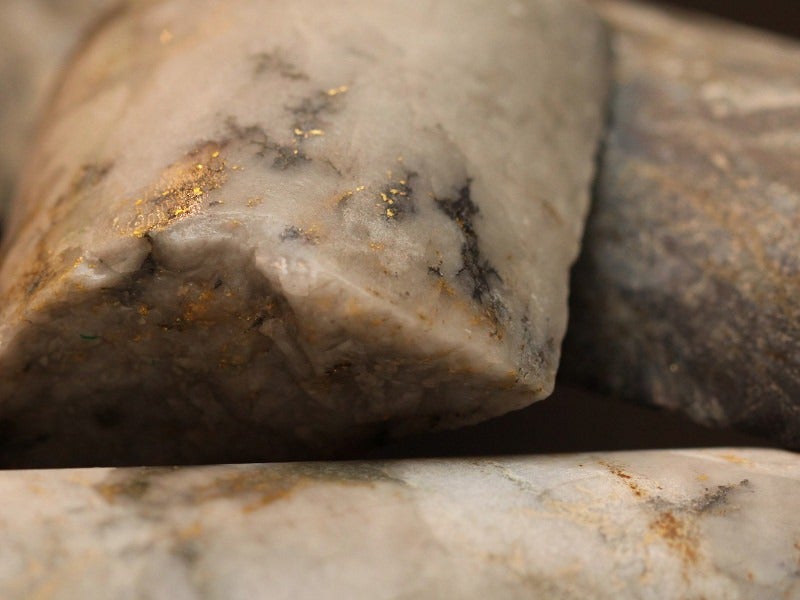Hardrock gold project is an open-pit project located approximately 275km north-east of Thunder Bay, Ontario, Canada.
Greenstone Gold Mines, a partnership between Centerra Gold and Premier Gold Mines, is developing the gold project with an estimated investment of C$1.25bn ($962m).
Feasibility study of the project was completed in November 2016, while the environmental assessment study was approved by the Federal Government in December 2018.
The Hardrock project is expected to produce 4.2 million ounces (Moz) of gold through its mine life of 14.5 years. It is anticipated to create 450 permanent and 975 construction jobs.
Hardrock gold project geology and mineralization
The Hardrock gold project is hosted within a brownfield location, which operated from the 1930s to 1970s. The property is a part of the southern sedimentary unit of the Beardmore-Geraldton Greenstone Belt (BGB).
The Hardrock deposit comprises magnetite-rich chert banded iron formation (BIF) deposited within a combination of sandstone-argillite and minor polymictic conglomerate layers.
Two main styles of mineralization namely quartz-carbonate stringer mineralization and sulfide replacement mineralization are identified at the project.
Hardrock gold project reserves
As of December 2017, the Hardrock gold project was estimated to contain proven and probable mineral reserves of 70,858 tonnes (t) containing 2.3Moz of gold, grading 1.0g/t.
Mining at Hardrock gold project
Conventional open-pit mining method with hydraulic shovels and trucks will be applied at the Hardrock gold project.
Major mining fleet will include 30 200t haul trucks, three hydraulic shovels, and two 21m³ front loaders in addition to excavators, wheel and backhoe loaders, and track dozers.
The plan includes mining of the main pit in four phases (including a borrow pit) and a single phase for the smaller satellite pit to the East.
Ore processing at Hardrock gold project
Run-of-mine ore will undergo two-stage crushing at 27,000 tonnes per day (tpd) processing plant, which can be optionally increased to 30,000tpd, and will be stockpiled. It will be then forwarded to ball mill grinding and high-pressure grinding rolls (HPGR) gravity circuit.
Concentrates form the gravity stage will be combined in a single gravity concentrate leaching unit comprising pre-leach thickener, leach, and carbon-in-pulp circuit (CIP).
The resulting concentrates will then undergo acid-wash, elution, and carbon regeneration before being conveyed to the electro-winning circuit. Gold sludge recovered from the product will be smelted into dore bars in the refinery.
Infrastructure facilities at the Hardrock gold project
Access to the Hardrock gold project is by paved roads from the Trans Canada Highway 11 and from Geraldton.
Power required for the project will be supplied by an on-site 65MW natural gas-fired power plant. Potable water for the mining activities will be collected from the town of Geraldton.
Natural gas for the project will be sourced from the TCPL Canadian Mainline pipeline.
Workers will be accommodated at a 250-person temporary accommodation camp to be located approximately 2.5km from the processing plant.
Contractors involved
G Mining Services and a group of engineering consultants were engaged to prepare the feasibility study and technical report of the project.
The consultants group is made up of Stantec Consulting, Micon International, WSP Canada, TBT Engineering, Amec Foster Wheeler Environment and Infrastructure, and Golder Associates.




